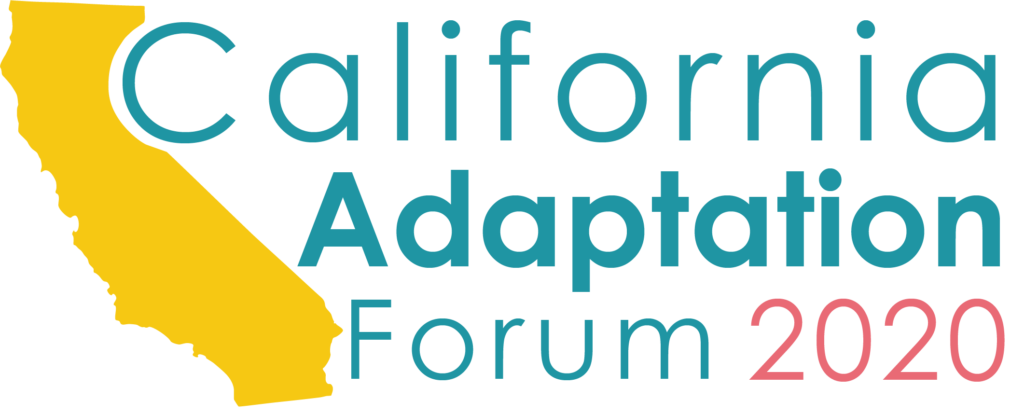I was drawn to climate adaptation because I wanted to think holistically. I wasn’t satisfied by addressing systemic problems within any single sector, such as energy or water. I wanted to examine through a wide lens the ways in which we currently meet human needs, and how our approach must shift in order to continue meeting human needs in a changing climate. I think that the nascent adaptation space has a lot of potential to address entrenched societal issues in fresh ways. However, in my one year of working in the adaptation scene in the SF Bay Area, I wonder if our community of practitioners has some blind spots in our approach to building resilience.
I’m worried about water and food. With sea level rise, most of the bad stuff will probably not get going in the Bay Area until roughly 2050. The really scary stuff occurs in end-of-century projections, and the tradeoff between 20 foot seawalls and mass upland migration is likely a next-century conversation.
Meanwhile, a 7.0 earthquake along the Hayward Fault in the eastern Bay Area (which has a 31 percent chance of a 6.7 magnitude quake or greater in the next 30 years) would cause parts of the region to experience diminished water service for more than six months. The Sierra snowpack that much of the Bay Area relies on for water has declined as much as 30 percent in the last century, and is expected to decline another 30 percent in the next two decades.
That to me is much scarier than a bay several feet higher than it is now. Homes and infrastructure can be relocated, but water is life, as Standing Rock reminded us.
With food, there isn’t a single metric that so easily captures the vulnerability that we face, but a sampling of recent headlines illustrates the direction we may be heading. Climate change could reduce some crop yields by 40 percent in California by 2050. Coldwater fisheries in the US are projected to decline by 60 percent by the end of the century. Fisheries in the Asia-Pacific region are expected to decline to zero by 2048.
These numbers don’t make visceral sense while our grocery stores remain as abundantly stocked as they were ten years ago and our water taps continue to flow on command. But we need to feel them with the same sense of personal implication that residents feel when they see a map of future sea level rise that hits their block.
The challenge that we’re faced with is not merely higher sea levels, but widespread ecosystem collapse and relentless, uncertain change for centuries. The solutions we need to dream up go beyond new sea walls or even nature-based green infrastructure. We need to overhaul our entire economy to meet those needs in a way that regenerates the ecosystems we depend on. I don’t see any other path to long-term resilience.
I’m not asking for the sea level rise planners to stop what they’re doing and instead help central California farmers reduce their water use. What I’m asking for is for us to consider the whole web of systems we depend on when we do resilience planning, on all the scales at which we do such planning, and to design solutions accordingly.
If the 20th century was about siloization for increased efficiency, maybe the 21st century is about integration for increased effectiveness. From my perspective as a young person entering the adaptation space, I see innovative, inspiring work happening on a daily basis. I also see silos in the way we assess and address our vulnerabilities, and wonder if that’s something we need to transcend to become truly resilient.
 |
Patrick was born and raised in the Bay Area, and studied Public Policy and Economics at Pomona College. He discovered the field of climate adaptation while in a post-bac summer program in urban planning at UC Berkeley. He has worked at the City of Alameda since September 2017 as a CivicSpark Climate Fellow, where he is helping the city develop a plan to reduce greenhouse gas emissions and build resilience to climate change impacts. |

